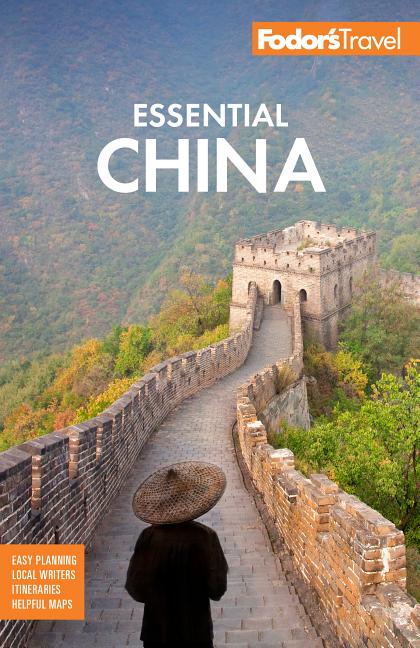A small oasis town, Dunhuang was for many centuries the most important Buddhist destination on the Silk Road. Just outside of town, beyond the towering dunes of Singing Sand Mountain, you can see the extraordinary caves of the Mogao Grottoes, considered the world’s richest repository of Buddhist art.
Buddhism entered China via the Silk Road, and as Dunhuang was the point of entry to the Chinese world, it was not long before a temple was established here. By AD 366, the first caves were being carved and painted at the Mogao oasis. Work continued until the 10th century, after which they were left undisturbed for nearly 1,000 years.
Adventurers from Europe, North America, and other parts of Asia began plundering the caves at the end of the 19th century, yet most of the statuary and paintings remain. By far the most astounding find was a "library cave" filled with more than 45,000 forgotten sutras and official documents. The contents were mostly sold to Sir Aurel Stein in 1907, and when translated they revealed the extent to which Dunhuang was an ancient melting pot of cultures and religions.
Today you'll find a rapidly developing small city that is still, in some ways, a melting pot; tourists from across the globe converge upon Dunhuang to visit one of the most impressive sites in all of China.






